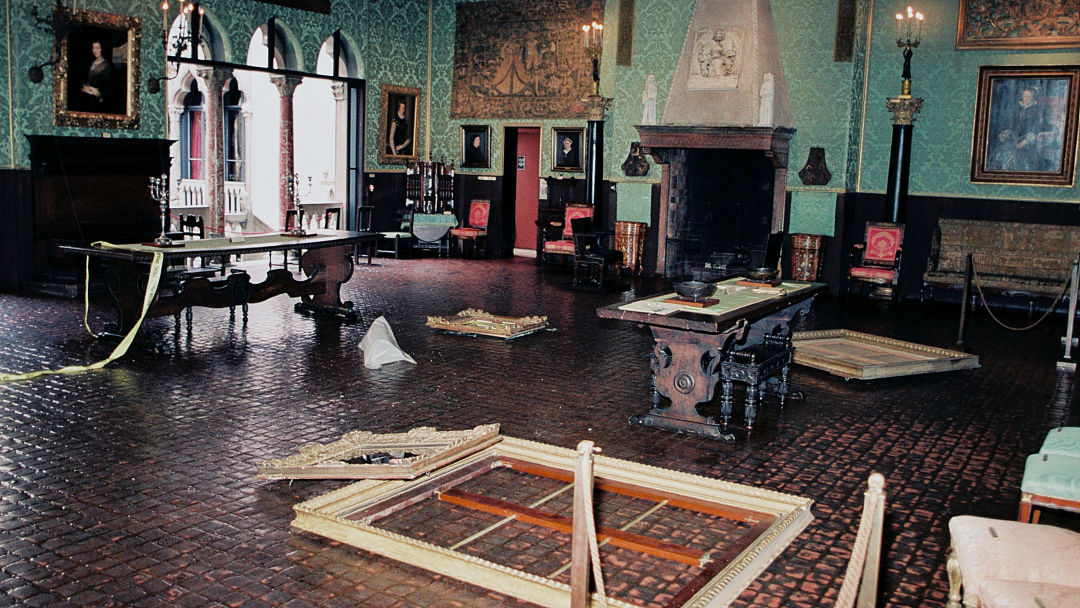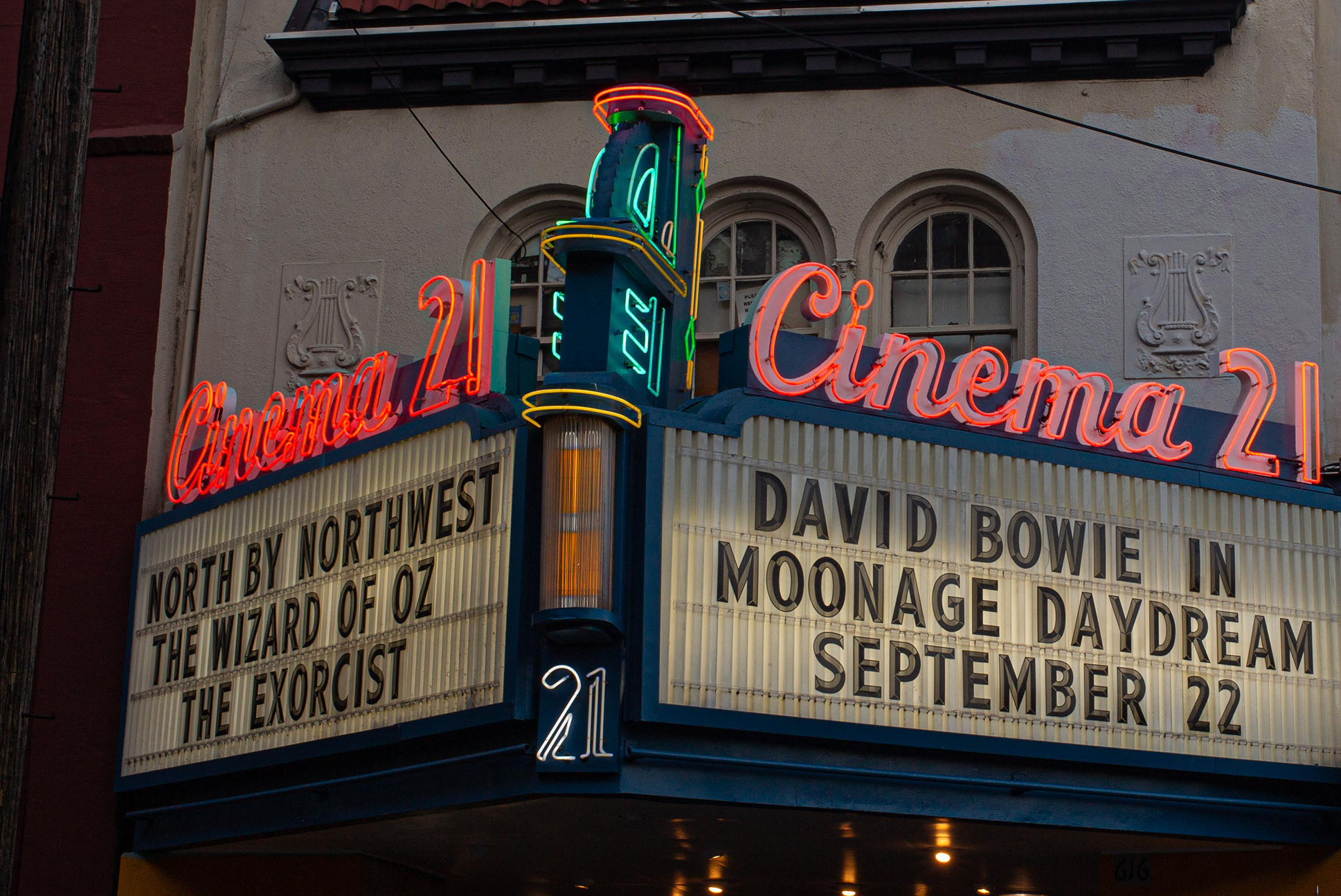Pop Culture Worth Your Time: An Art Heist, a Historical Adventure, and a Forgotten Tribute to Andy Warhol

FBI photograph of the crime scene after the Isabella Stewart Gardner Museum robbery in Netflix's This Is a Robbery.
Image: Courtesy Netflix
A decades-old art heist. America's grandma. An unlikely friendship to rival Thelma and Louise's. Here’s what we’re reading and streaming at Portland Monthly this week.
The Dee Wallace Oeuvre
Miss Benson's Beetle
Songs for Drella
Let's get this out of the way: Yes, I'm 25 years old. Yes, I'm only now having my Andy Warhol phase. This week alone I watched Flesh—Warhol’s pissed-off, Paul Morrissey-directed answer to Midnight Cowboy—and bumped The Velvet Underground enough to permanently alter my Spotify algorithm. After last week's treatise on The Rolling Stones, I've unfortunately morphed into a crusty record store ghost who has feelings about Dylan going electric and the heyday of Creem magazine. This is cute, perhaps, on an angsty 17-year-old cosplaying as a grown-up. But on an actual grown-up? No comment!
Anyway, my time spent with the Velvets led me to an unknown-to-me project by its two most high-profile members. In 1989, shortly after Warhol died during routine surgery, Lou Reed and John Cale set aside their creative differences (Cale unceremoniously departed the band after its second album) to produce a tribute to their mentor and former manager. The title is a nickname given to Warhol by one of his superstars, a portmanteau of "Dracula" and "Cinderella"—one he hated while he was alive, if that's any indication of the egos at play.
The songs are funny, poignant, theatrical, and alive, and Reed's fraught relationship with Warhol means they resist cheap hero worship. Warhol's demons, eccentricities, genius, and ridiculousness all feel fresh through the eyes of people who knew him as a person first and an icon second, and the Reed/Cale creative spark that animated the first two Velvet Underground albums is on full display. Cale vowed, after recording Songs for Drella, that he'd never work with Reed again, and he didn't. But Drella stands both as a truly human tribute to an artist who typified "larger than life," and as a reminder of the value in sticking to what works. —Conner Reed, arts & culture editor





